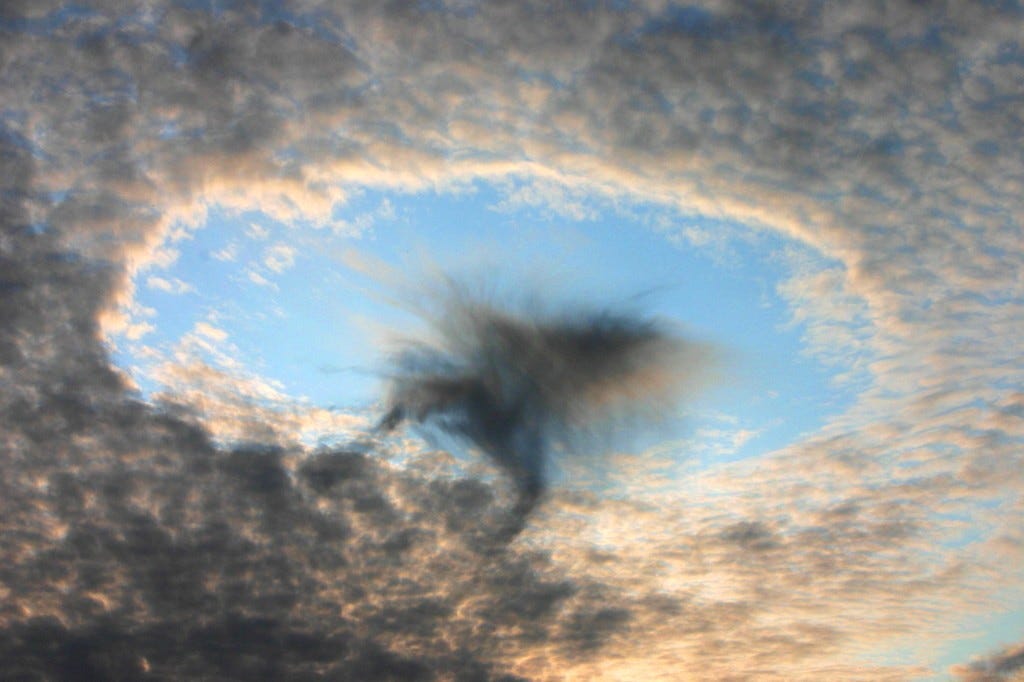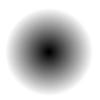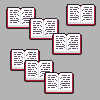The Cloud and the Soup
Good first questions to ask on a date with the unknown. From a single photon to the Oneness of all things, how do we find patterns in the cosmos?
When we look at something new, say a cloud, we may ask many questions. Some will be familiar, some surprising. Here are three I really like.
How is it unique? Sometimes, for a moment, a cloud will emerge into your self-awareness. To your surprise, it feels just like your childhood peluche dog. The phenomena blends with your personal history and your current mood, asking to justify its existences: prove my difference. You may start to look for its DNA, and formulate a weak combinatorial argument. When many-worlds are unfolding in parallel, unicity can feel like the greatest paradox.
The distinct feeling of uniqueness runs very deep in Western culture. There’s no independence without the individual. After all, it’s the question every employer and every client will ask you. Why now? Why you? Take it seriously enough and it may lead you to Hollywood or on the road to mysticism.
Units have a special power. Every photon is one, but a photon is just a photon.
How is it universal? A cloud is like every other cloud. All pixels on your screen exist in a continuum from light to dark. Their relationship is all that matters. We’re waves of information over a same substratum.
A biologist recognises the universal properties of all living things. A cognitive scientist may try to understand the same about all conscious things. The failure to find a unifying principle has risks: ontological difference justifies unfairness, or even hate. Entropy always increases. In the long-run, we’re all the same inert soup.
How is it uniform? What are the classes of its regularities, the patterns of its structure? These are the questions that most excite my mind. They’re about how semantics may be approximated by syntax. A.I. is informed on the basis of classes of words (tokens) roughly invariant under a semantic function. A smaller square, a context-window, moving continuously over the above image will detect its books patterns (convolutional neural network).
Clouds may be uniform in space or time, in colour or internal temperature; the market’s tapes time-series can be affine in probability distribution, or information content. Another surprising uniformity is Kolmogorov complexity.
The length of a shortest computer program (in a predetermined language) that produces the object as output.
Patterns themselves will morph one into the other. With dismay for my story classification project, I must acknowledge that the number of characters of a story may change according to who’s reading it!
There are exclusive classifications, built on firm Aristotelean logic with the tranquility of an eighteenth century’s mind; other are denser, more porous, often hermeneutically compact and powerful. The boundaries of between phenomena blur, as one cloud becomes the other.
For instance, we may parametrise: dispose things along paths. Measure distances between tokens to ideal types. Or jump away from metric spaces all together, and sift through structures and algebras, enumerate and compose our concepts with multiple lenses; or even wonder about the self-similarities of a system…
A great first question to ask, sometimes, is not “What is this different or similar to?”, bur rather “What is it indifferent to?”. What are its invariants?
This is possibly my favourite question as it invites the observers in a playground of perspectives. In how many ways can I observe this cloud so that it remains itself?

Take care,
David







